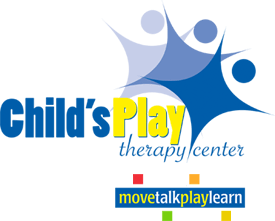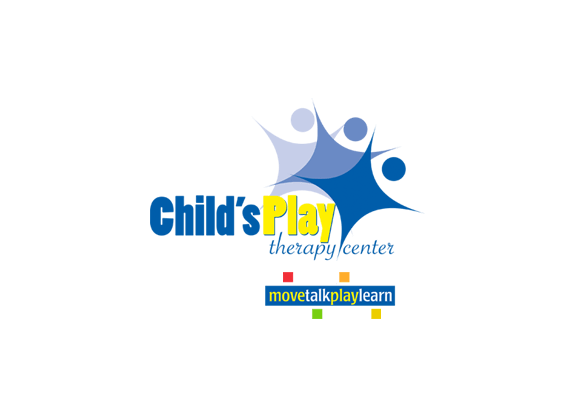As parents, you are the model for your child’s language. All parents stay busy, but each day is filled with opportunities to teach language skills to your child. Whether in the car, in the grocery store, or at home during daily routines, you have the best opportunity to show your child how to talk! There are some simple acts we can do as adults to model early language skills for our children as part of the One-Up Rule.
Encourage comprehension by using short and simple phrases, using only one-two words more than, or “one-up” from, what your child uses expressively. Consider, how many words does your child use at one time? Is he/she speaking in single words, combined words, or short sentences? If your child is currently only using single words, speak to them by using short two or three word phrases (e.g., if your child labels “car”, use phrases such as “fast car”, “blue car”, “go car!”, “more car?”). Not only does using a simple and shorter remark encourage comprehension, it also encourages imitation. A child is much more likely to attempt imitation of a short, two-word phrase than a long, five-word sentence!
Also, repeating words, phrases, and short sentences presents the child with multiple opportunities to hear, understand, and learn new words. While playing with your child, highlight a certain activity by repeatedly labeling it and exaggerating important words. For example, when rolling a car on a toy track, label by saying “fast car!” each time. When words or phrases are used repeatedly, they become familiar to the child. Add wait time to conversations with your child. Pause occasionally and wait for your child to take a turn speaking. It can be easy to dominate conversations when speaking with young children, but pausing can allow time to comprehend what has been said, as well as provide an opportunity to respond.
Just remember, the best way to increase your child’s language skills is by taking time to play, talk to, and interact with your child each day! Using these simple reminders can help make the most out of each teaching opportunity.






